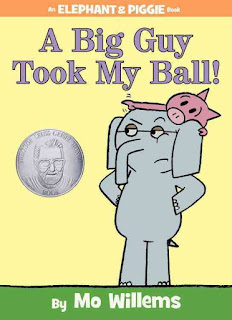Schmidt, G. D.
(2015). Orbiting Jupiter. New York,
NY: Clarion Books.
Jack's parents were told two things about Joseph, the 14
year old foster boy coming to live with him. First, he almost killed one of his
teachers. Second, he is a father to a baby girl. Everything else they learn
from Joseph as he slowly unravels from the depth of anger and hurt that he has
and we learn the story of his love for Jupiter, his baby. The story is told
through the eyes of Jack, a 12 year old and is heart wrenching. The author has
created characters that you love - Joseph, Jack/Jackie, the parents, and
several teachers and some you will wish would just go - the vice principal who
does not believe that Joseph can ever change, Jospeh’s dad, and the bullies.
Assignment # 3 - Evaluation Criteria
The characters and
setting are the evaluation criteria that exude from this book. The characters tug at your heartstrings, are
relatable and believable right from the start.
Jack, the narrator, is the storyteller who is courageous and should be admired,
revered and cheered. Then there’s
Joseph, the main character, to be cracked, analyzed, approached with caution,
loved, saved and eventually mourned.
The setting on a
rural farm in Maine lends to the small town, “everybody knows everything” feel
of this book. The setting shows the boys
working hard on the farm, completing chores, bonding, even though it’s mostly
Jack bonding with Joseph. The animals
help Joseph begin to trust but he is bullied at almost every turn, all the
while remaining focused on finding his daughter, Jupiter, so he won’t be
alone. Only in the end realizing that
Jack always has his back, so he must do the same, which leads to tragedy.
Author Interview: https://bookpage.com/interviews/18869-gary-d-schmidt#.V471blUrLX4
Author Interview:
Book Trailer:









